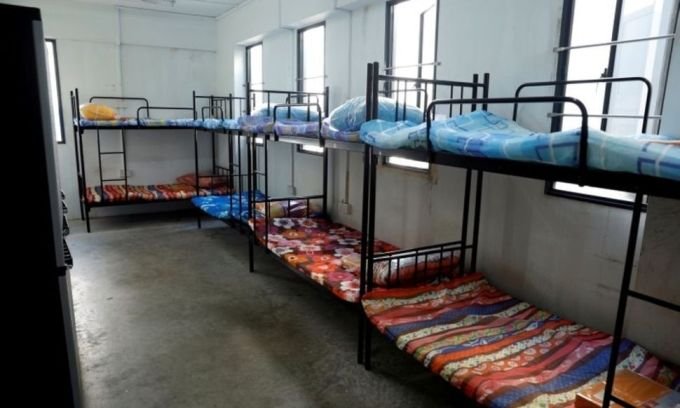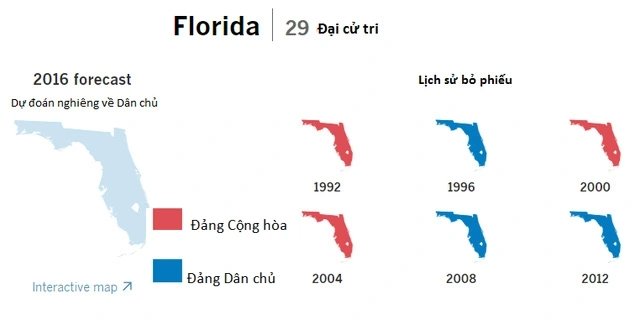
When Singaporean authorities discovered Covid-19 raging throughout worker dormitories on the island, they locked down all workers inside, tested them, and issued a nationwide blockade.
By August, the Singapore government announced that all workers in the dormitory had recovered or tested negative for nCoV, while the number of new infections outside this area was only 2 cases per day.
However, the number of infections in worker dormitories began to increase, to 45 cases per day, showing the challenges of efforts to contain Covid-19, even in closely monitored areas.
As the country falls into recession and faces great pressure to revive the economy, Singapore authorities are choosing selective quarantine measures instead of widespread restrictions as before, but the majority of workers have
`There aren’t many options,` said Leong Hoe Nam, an infectious disease specialist at Mount Elizabeth Hospital.
A dormitory room for migrant workers who recovered from Covid-19 in Singapore on May 15.
Dormitories, home to more than 300,000 workers in industries such as construction and shipbuilding, with several people sharing a room, account for nearly 95% of the total of more than 57,000 Covid-19 infections in Singapore.
`The situation shows the difficulty in eradicating this virus,` said Michael Osterholm, an infectious disease expert at the University of Minnesota who closely observed Singapore’s campaign.
When Covid-19 broke out again in dormitories, workers had to consider avoiding additional worries for the future, and employers had to think of ways to ensure a sufficient number of workers.
`Many projects that have restarted have to stop,` said Nixon Loh, general director of construction company Loh&Loh, saying 70 of his 280 workers were forced to stay home again.
Many people in the dormitory are not infected with nCoV, but the fact that the whole area is quarantined puts them at risk of infection.
To deal with this resurgence, instead of completely closing dormitories, Singapore is betting on a different direction: letting workers go to work but having to continuously test and maintain social distancing at work.
`We believe that continuous testing will help control the epidemic,` said Tan See Leng, Deputy Minister of Manpower in Singapore.
There is still a potential risk of infection, as very few new infections show symptoms, while PCR testing may not detect the virus at the time of sample collection.
Singapore’s Ministry of Health said that some new cases tested positive on antibody tests, showing that these were cases of nCoV infection but had recovered and were no longer able to infect others.
Other measures taken to combat the virus include reducing the number of people in a dormitory room, testing wastewater to trace the virus at construction sites and applying technology more widely in contact tracing.
Hsu Li Yang, an infectious disease expert at the National University of Singapore, said the risk of mass dormitory closures again is very low and quarantine measures will be more targeted.
However, most migrant workers can only travel between the dormitory and the workplace.
`Other than traveling on the shuttle bus, we are not allowed to go anywhere,` said Sharif Uddin, a construction supervisor.

A migrant worker wears a mask after taking a test sample in a dormitory in Singapore on May 15.
The construction industry was heavily affected when dormitories were blocked, causing second quarter growth to decrease by 59%.
`It feels like being in jail,` said Habibur Rahman, 25, a construction worker.








